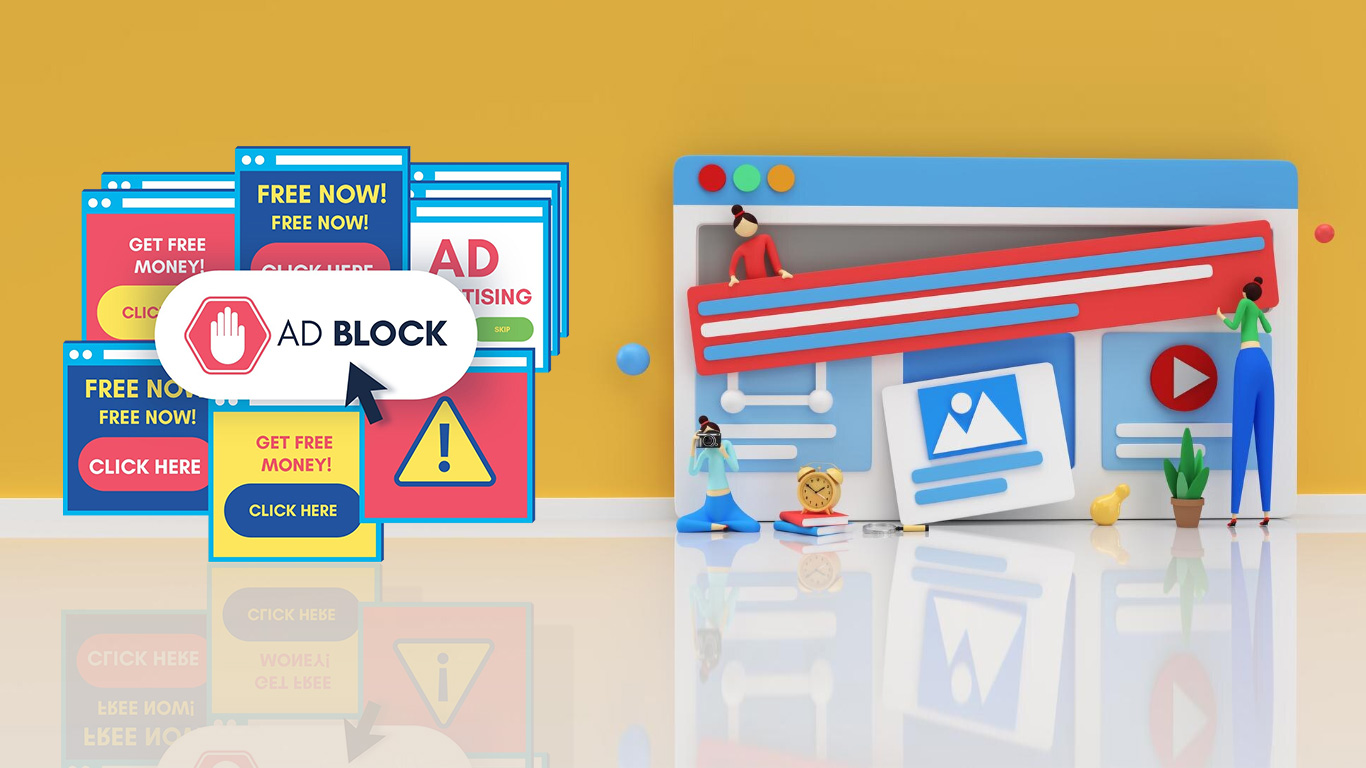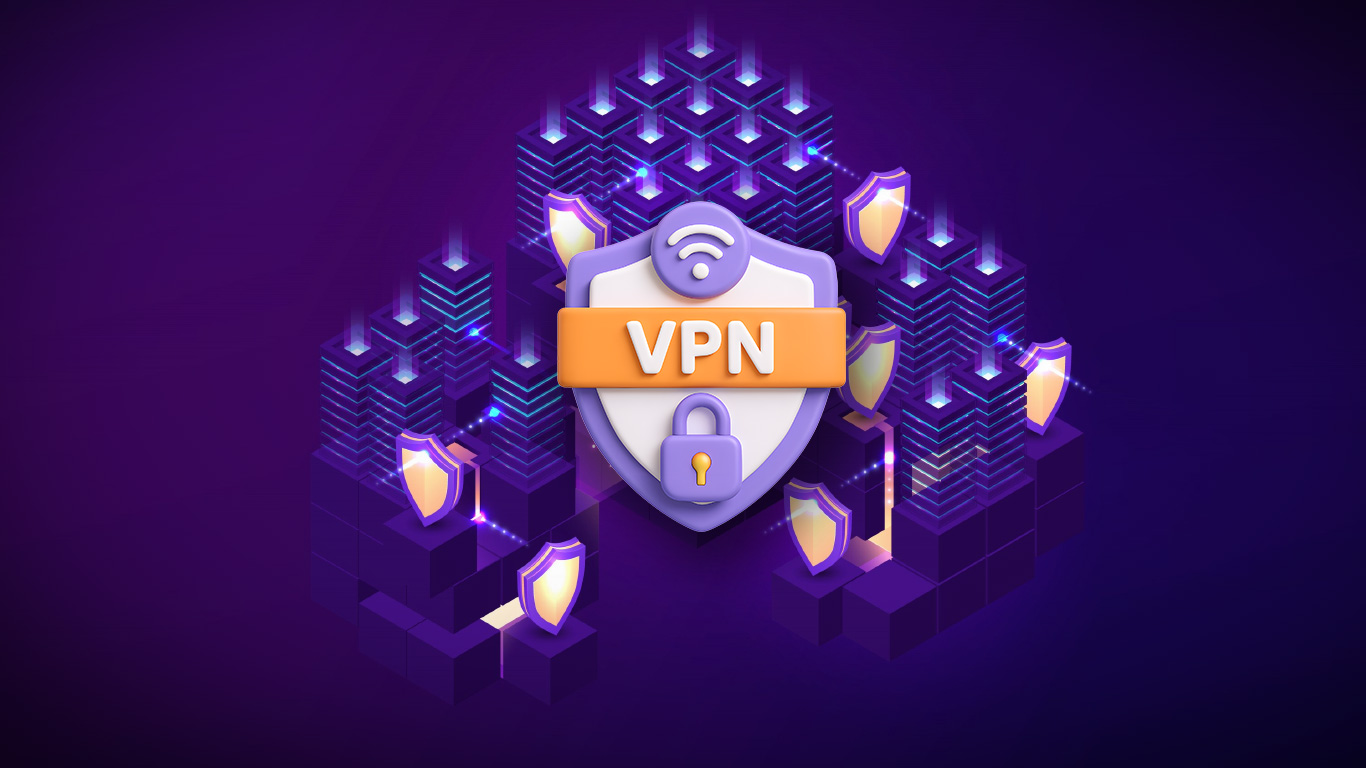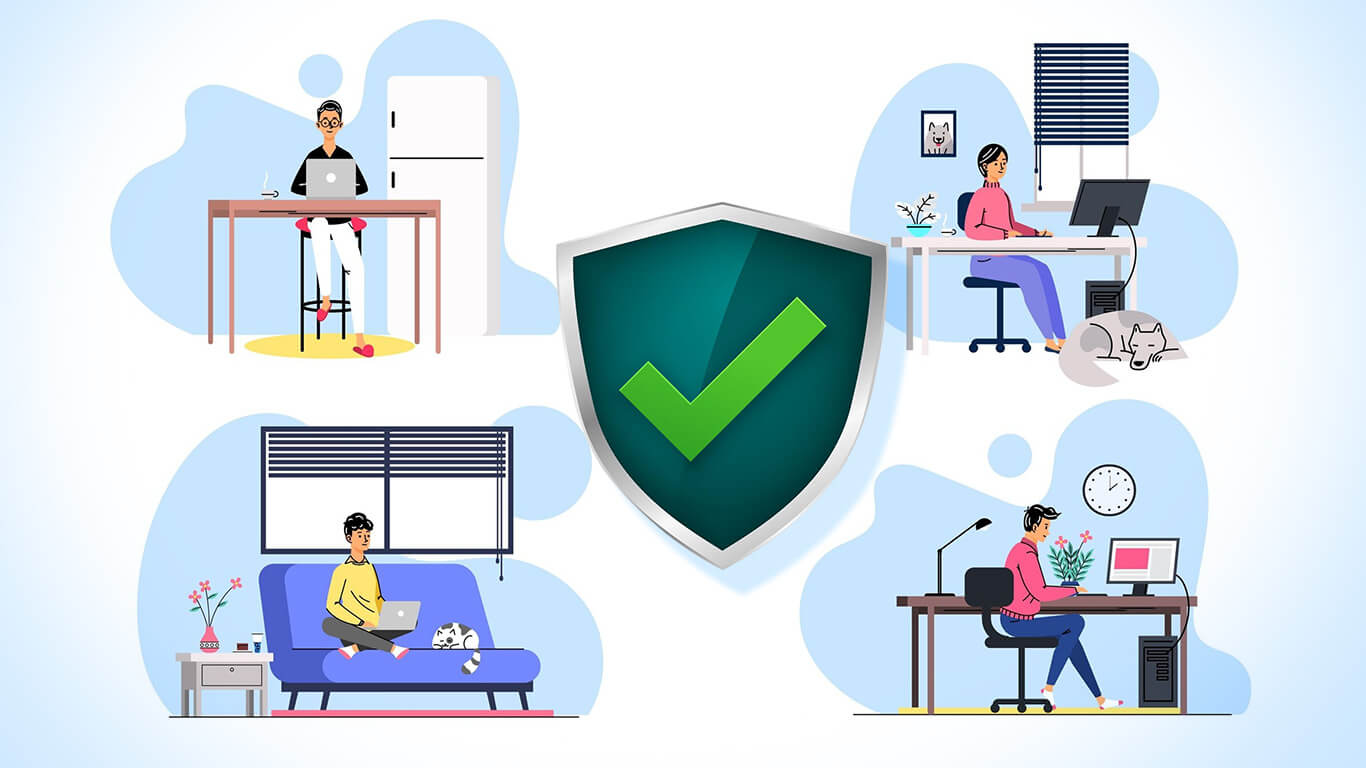How Websites Are Adapting to Adblockers: 12 Key Strategies in 2025

Adblockers are now a normal part of browsing in 2025. According to a 2024 report from Statista, over 900 million devices worldwide now use adblock software, and the number keeps growing each year. People use them for faster loading, stronger privacy, and fewer pop-ups or autoplay videos. For users, it feels like freedom. For websites, it feels like a constant struggle.
Websites rely on ads to survive. They pay for writers, developers, servers, and everything else through ad revenue. When ads are blocked, that income disappears. This puts both sides at odds, users want a cleaner web, while websites need money to stay alive.
Instead of sticking to the old “disable your adblocker or leave” approach, websites are now finding creative, tech-driven ways to adapt. Here’s how they’re doing it in 2025.
The Impact of Adblockers on Websites and the Future of Digital Content
Adblockers cut straight into ad impressions, which means fewer clicks and less money coming in. For small websites, that loss can decide whether they can cover hosting fees or have to shut down entirely. For big media outlets, it often translates to layoffs, budget cuts, or doubling down on aggressive ways to make money.
That pressure has pushed publishers to explore other options—subscriptions, brand deals, even donation-based models. And if more people keep turning to adblockers, the way the internet funds itself could change even further.
- Free content will shrink as more sites lock material behind paywalls.
- Exclusive, members-only communities will grow.
- AI will keep creating ads that blend with content and are harder to detect.
The future depends on balance. If websites can find ways to earn without overwhelming you with ads, both sides can win.
12 Ways Websites Fight Back Against Adblockers in 2025
- Smarter Adblock Detection
In the past, adblock detection was clumsy, you’d get locked out of a site or hit with a giant pop-up demanding you turn your blocker off. Most users clicked away. Now, detection is smarter and more subtle.
Websites use lightweight scripts that check whether ads are being blocked without disrupting your browsing. If you are, the site may blur a section of text, show a gentle banner, or limit a small feature. The idea is to remind you that ads fund the site, not force you into compliance.
In 2025, AI even helps these detection tools adapt. Instead of one-size-fits-all messages, sites may customize nudges depending on what type of content you’re consuming. That makes them harder to ignore and less frustrating.
- Paywalls and Membership Models
Subscriptions are no longer just for big streaming platforms. Today, news sites, niche blogs, and even recipe pages offer paywalls. You can usually choose between free access with ads or a paid tier with perks like an ad-free experience, exclusive articles, or faster loading.
What’s new in 2025 is bundling. Instead of subscribing to five different sites separately, you can pay for one package that covers multiple outlets. This model has taken off for news, tech, and entertainment content.
For publishers, this is a reliable income stream that doesn’t depend on whether ads get blocked. For users, it’s about choosing between convenience and cost.
- Native Advertising and Sponsored Content
One way websites bypass adblockers is by making ads part of the content itself. Sponsored articles, in-article promotions, podcasts, and videos are now designed to blend in naturally with what you’re already consuming.
In 2025, AI will play a huge role here. It analyzes what you’re reading and inserts promotions that match the flow. If you’re reading a travel guide, you might see a sponsored section about a luggage brand that feels like part of the article rather than an ad slapped on the side.
This method also works well because adblockers can’t filter it, there’s nothing “separate” to block. As long as publishers are transparent with disclosures, users often find this less annoying than traditional ads.
- Anti-Adblock Scripts (Polite Nudges)
Instead of harsh lockouts, websites now use polite reminders. A small pop-up might ask you to whitelist them, or a message may thank you for reading and explain why ads matter. Some sites even offer small bonuses, like extra content, if you disable your adblocker.
The shift here is psychological. Publishers realized that forcing users rarely works. By giving gentle prompts or offering something in return, they’re more likely to get cooperation without losing visitors.
This softer approach is designed to reduce friction. You don’t feel punished, and websites still get a chance to show ads if you agree.
- Server-Side Ads
Traditionally, ads came from third-party networks, making them easy for blockers to spot and remove. In 2025, more sites are serving ads directly from their own servers, disguising them as part of the page itself.
This approach makes ads harder to filter out because they appear like regular content. It also improves performance, since you’re not waiting for a third-party service to load.
Server-side ads are becoming popular for both mobile and desktop platforms. For publishers, it means fewer losses from adblockers. For users, it often means faster-loading pages, even if the ads remain.
- Reward Systems for Whitelisting
Websites are making whitelisting feel like a trade, not a demand. If you allow ads, you might get extra features, downloadable resources, or special discounts. Some sites even offer loyalty-style points or badges for supporting them.
AI helps personalize these rewards. For example, a music site might offer free playlists or downloads, while a tech blog might give whitelisted readers early access to product reviews.
This system turns ad acceptance into something voluntary. Instead of feeling tricked or pressured, you feel like you’re choosing to support the site in exchange for value.
- Contextual and Privacy-Friendly Ads
Privacy has become a big concern, and websites are adapting. Instead of using trackers that follow you across the web, ads now rely on page content.
For example, if you’re reading about cooking, you’ll see ads for cookware. If you’re on a travel site, you might see flight deals. This feels more relevant and less creepy than ads that follow you around for weeks.
These “privacy-first” ads also comply with regulations and appeal to users who block ads mainly because of tracking. They’re harder to object to, which makes them harder for blockers to justify filtering.
- Bundled Ads in Media Files
Video and audio streaming services are fighting back by embedding ads directly into the files. That means if you watch a free video or listen to a podcast, the ad plays as part of the stream itself. There’s nothing separate for adblockers to block.
This technique is nearly impossible to avoid without paying for a premium subscription. For platforms, it guarantees visibility. For users, it means ads are part of the deal if you want free content.
It’s not always loved, but it’s effective, and in 2025, it’s one of the most common ways streaming sites get around adblockers.
- Partnerships with Browsers
Browsers have become gatekeepers in the ad wars. In 2025, some browsers, like Chrome, Edge, and Brave, allow “acceptable ads” by default. These are ads that meet strict rules: they’re small, non-intrusive, and respect privacy.
Websites benefit by relying on these built-in systems to make sure ads show without being too disruptive. For users, it means you see fewer annoying pop-ups or auto-playing videos.
These partnerships represent a middle ground. You get a cleaner browsing experience, and publishers still get some ad revenue.
- Direct Brand Collaborations
More websites are skipping ad networks altogether and working directly with brands. That could mean sponsored reviews, shoutouts, or subtle product placements inside content.
This works especially well for niche communities, like a gaming site teaming up with a PC hardware brand, or a fitness blog featuring a specific supplement. It feels more natural and often aligns with what readers already care about.
Since these promotions are woven into content, adblockers can’t strip them out. They also give brands more control over how they’re presented, which often results in higher-quality ads.
- Alternative Revenue Streams
Not every site wants to fight adblockers directly. Many are diversifying their income by selling merchandise, joining affiliate programs, or asking for community support through donations and crowdfunding.
Platforms like Patreon and Buy Me a Coffee have made it easy for readers to chip in a few dollars to support creators they like. For users, it feels like direct support without dealing with ads. For creators, it’s reliable and bypasses adblockers entirely.
Not every site can use this model, but communities built on loyalty benefit greatly from it.
- AI-Powered Ads
Artificial intelligence has transformed advertising. Instead of clunky banners, AI creates ads that blend into the design of the site. They match fonts, colors, and layouts so flawlessly that they feel like part of the article or video.
Because they don’t look like traditional ads, blockers struggle to detect them. They also perform better since they feel less disruptive and more relevant to the reader.
For publishers, AI-powered ads mean higher engagement and fewer losses to adblockers. For users, it means ads that feel less like an interruption and more like a suggestion.
Finding Balance Between Ads and Access
The struggle between adblockers and websites has become less noisy in 2025. Instead of locking users out or spamming them with pop-ups, websites are focusing on smarter detection, subtle AI-driven ads, and alternative ways to earn.
The internet works best when both sides get what they need, you get free content without endless interruptions, and publishers get enough revenue to keep creating. In the end, it’s all about balance.


